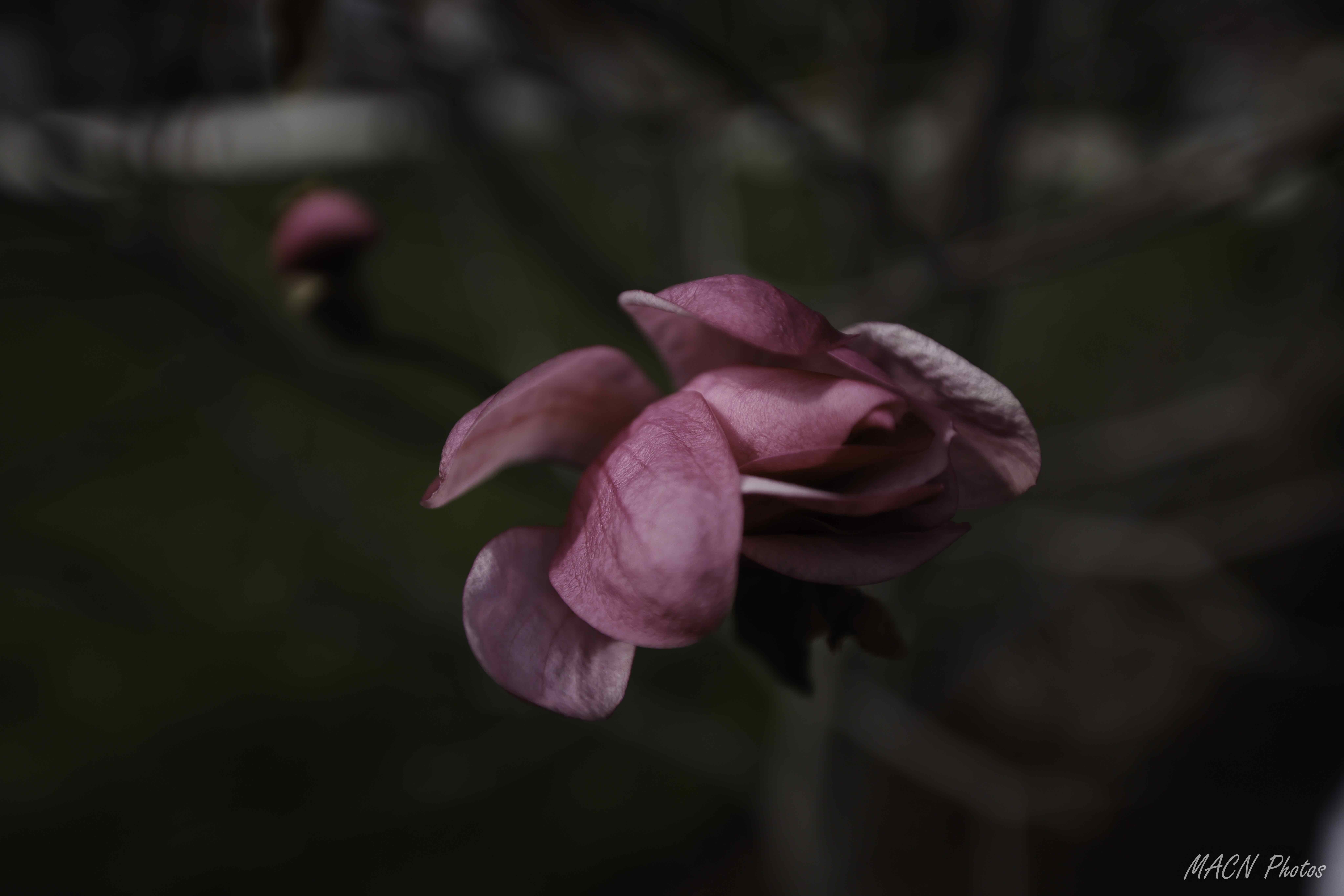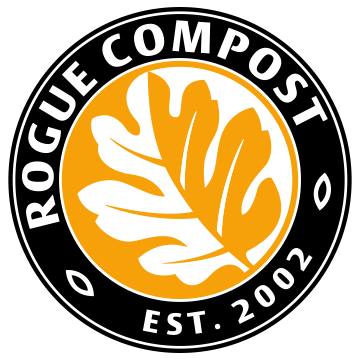Now that May is here, what gardening tasks should I check off the list?

With spring in full swing, May is the perfect time to plan, plant and do a little spring cleaning in the garden. Here are a few tasks to tackle:
Buy an inexpensive soil thermometer and keep it handy — In order to give yourself much greater odds of successfully raising a bountiful crop of vegetables, it’s important to be able to check the soil temperature. Some vegetables can go in earlier in the season, when the soil is cooler. While for other vegetables, you need to wait until soil conditions warm up. See #2 for specifics.
When the (soil) temperature is right, plant your veggies — If you haven’t already planted your cool-season vegetables — such as peas, carrots, beets, radishes, turnips and arugula, start planting. Not sure if it’s too early? According to the Oregon State University Extension Service, once the soil hits 50-degrees, cool-season vegetables can be planted.
As things warm up — and the soil temperature rises to 70 degrees or more, it’s OK to plant warm-weather plants, such as peppers, melons, eggplant, squash and tomatoes. In the Rogue Valley, May is the month for planting pumpkins, onions, potatoes , cucumbers and watermelon too.
Get your watering system in order — If you have a sprinkler system, this is a good time to do any yearly maintenance to make sure everything is working correctly. If you use a drip watering system, get it set up now so you’re ready to water.
Do a little rose maintenance — Are you a rose person? If so, fertilizing in May will help with blooms all summer. If you see signs of black spot or mildew, treat with a registered organic fungicide and be vigilant — rose care is a marathon, not a sprint. And if you’re adding to your rose garden this year, choose plants that are labeled for resistance to disease — the options are plentiful.
Plant, prune and maintain your flowers and flowering shrubs — In mid-May, plant dahlias, gladioli and tuberous begonias. Fertilize your spring-blooming rhododendrons and azaleas with acid-type fertilizer if needed and remove spent blossoms. And while it may be tough to think about fall — considering we’re not even to summer yet — in order to have chrysanthemums in autumn, they need to be planted today.
Share This
